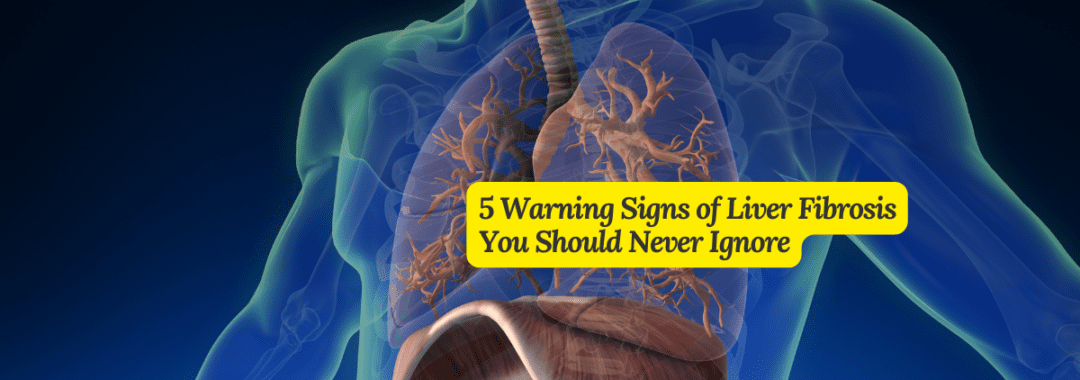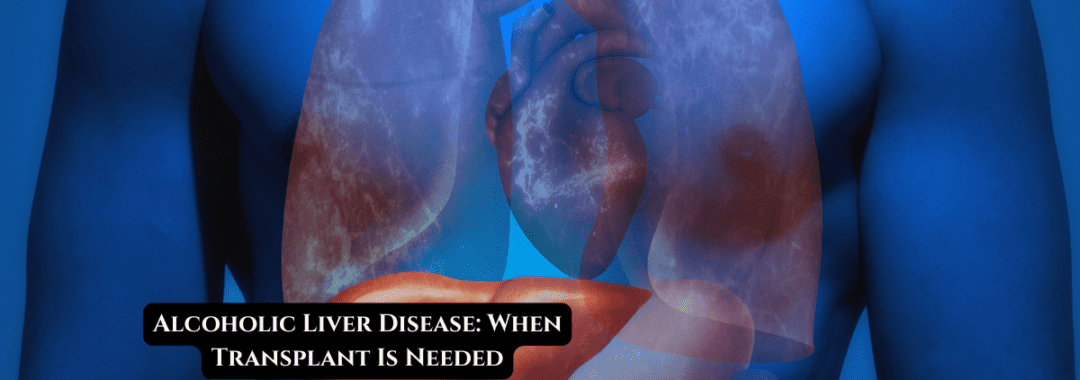Liver fibrosis often develops silently—like a slow leak in a pipe you never notice until your whole kitchen floods. Many people don’t realize they have liver damage until the condition becomes serious. The good news? Your body sends early warning signs. The key is learning to recognize them.
Before we explore the top warning signs, remember this: the liver is resilient, but only up to a point. When the damage becomes chronic, it can lead to cirrhosis or liver failure. Understanding the early symptoms can help you protect your long-term health.
1. What Is Liver Fibrosis?
Liver fibrosis is the buildup of scar tissue in the liver due to long-term injury or inflammation. Think of it like placing patches over a damaged cloth again and again—eventually, those patches begin to change the fabric itself.
The liver tries to repair damage, but repeated stress (from alcohol, fatty liver disease, hepatitis, infections, or toxins) leads to excessive scarring. Over time, this scar tissue makes the liver stiff and reduces its ability to function.
2. How Liver Fibrosis Develops
The process usually develops slowly. At first, your liver quietly tolerates the damage. But as the injury continues, scar tissue gradually replaces healthy cells. In advanced stages, this condition progresses to cirrhosis, a life-threatening illness.
Early detection is crucial because the liver can still recover if treated on time.
3. Warning Sign 1: Persistent Fatigue
Feeling tired occasionally is normal. But when fatigue becomes your daily companion—even with enough sleep—it may be more than stress.
Many people with early liver fibrosis experience:
-
Constant tiredness
-
Low energy levels
-
Difficulty concentrating
It’s your body’s way of signaling that something inside isn’t working properly.
4. Why Fatigue Happens in Liver Fibrosis
The liver plays a vital role in filtering toxins and producing energy. When fibrosis affects liver cells, toxins begin to build up in the bloodstream. This makes you feel tired, drained, and mentally foggy.
Imagine running a car on dirty fuel—it simply can’t perform at its best.
5. Warning Sign 2: Abdominal Pain or Discomfort
Another early symptom is pain or discomfort in the upper right side of the abdomen, where the liver is located.
You may feel:
-
A dull ache
-
Pressure or heaviness
-
Occasional sharp pain
This discomfort often worsens after eating fatty foods or consuming alcohol.
6. Location & Nature of Liver Pain
Liver-related pain typically feels like deep pressure just under the ribs on the right side. Many people mistake it for gastric trouble, acidity, or muscle strain. But persistent or recurring pain in this area should always be evaluated.
7. Warning Sign 3: Unexplained Weight Loss
Unintentional weight loss is a major red flag. Liver fibrosis interferes with digestion and metabolism, which can lead to:
-
Loss of appetite
-
Nausea
-
Muscle loss
. Why Liver Fibrosis Causes Weight Loss
A damaged liver cannot process carbohydrates, fats, and proteins effectively. Because of this, the body begins breaking down muscle for energy. That’s why people with advanced liver issues often appear weak or frail.
9. Warning Sign 4: Swelling in Legs, Ankles, or Abdomen
Swelling is another important warning sign. This occurs due to fluid buildup:
-
Edema – swelling in the legs and ankles
-
Ascites – fluid accumulation in the abdomen
These symptoms happen when the liver fails to produce proteins like albumin, which help maintain fluid balance.
You may notice:
-
Puffy feet at the end of the day
-
Shoes feeling tighter
-
Abdominal bloating
10. What Is Ascites?
Ascites refers to the buildup of fluid in the abdomen. It can make the stomach appear swollen or feel unusually heavy. In severe cases, the fluid can push against the lungs, causing shortness of breath.
Ascites is often a sign that liver fibrosis has advanced, and immediate medical evaluation is necessary.
11. Warning Sign 5: Yellowing of Skin and Eyes (Jaundice)
Jaundice is one of the most obvious indications that the liver is struggling. When the liver cannot filter bilirubin properly, it builds up in the bloodstream, turning the skin and eyes yellow.
People may also notice:
-
Dark yellow urine
-
Pale or clay-colored stools
-
Itchy skin
Jaundice usually means the liver damage has become significant.
12. What Jaundice Indicates
In liver fibrosis, jaundice suggests that the liver’s filtering capacity is severely compromised. This requires urgent medical assessment. Ignoring jaundice can lead to serious complications, including liver failure.
13. Who Is at Risk for Liver Fibrosis?
You may be at higher risk if you have:
-
Alcohol addiction
-
Non-alcoholic fatty liver disease (NAFLD)
-
Viral hepatitis B or C
-
Obesity
-
Diabetes
-
Autoimmune liver disease
-
Long-term medication use
-
Exposure to toxins
Regular check-ups can help detect fibrosis before it progresses.
14. When to See a Specialist
If you experience any of these warning signs—especially more than one—it’s time to consult a liver specialist (hepatologist).
You may need:
-
Liver function tests
-
Ultrasound
-
FibroScan
-
MRI
-
Liver biopsy (in some cases)
Never delay evaluation. Early-stage liver fibrosis can often be reversed with proper treatment and lifestyle changes.
15. How the Best Liver Transplant Surgeon in India Can Help
If liver fibrosis progresses to cirrhosis or liver failure, you may require advanced treatment or even a liver transplant. Consulting the best liver transplant surgeon in India ensures:
-
Accurate and timely diagnosis
-
Access to advanced treatment options
-
Minimally invasive procedures
-
Personalized care
-
Higher success rates in transplant cases
India is home to world-class liver specialists who combine expertise, advanced technology, and compassionate care.
Conclusion
Liver fibrosis may begin silently, but it doesn’t remain silent forever. If you pay attention to your body—its fatigue, abdominal discomfort, swelling, or jaundice—you can take action before the condition becomes life-threatening. Early detection can save your liver, and timely treatment can prevent liver failure.
Your liver works tirelessly for you—detoxifying, digesting, and protecting your body. The least we can do is listen when it signals for help.
FAQs
1. Can liver fibrosis be reversed?
Yes. In early stages, liver fibrosis can be reversed with proper treatment, lifestyle changes, and addressing the underlying cause.
2. Is liver fibrosis the same as cirrhosis?
No. Fibrosis is the early stage of liver scarring, while cirrhosis is advanced scarring with permanent liver damage.
3. What tests diagnose liver fibrosis?
Doctors may use blood tests, FibroScan, ultrasound, MRI, or liver biopsy to diagnose and stage fibrosis.
4. When should I see a liver transplant surgeon?
If fibrosis progresses to severe cirrhosis or if your specialist identifies liver failure risk, you should consult the best liver transplant surgeon in India.
5. Can lifestyle changes help with liver fibrosis?
Absolutely. Avoiding alcohol, losing weight, controlling diabetes, and following a liver-friendly diet can significantly improve liver health.












